Ho Chi Minh City is considered the economic "locomotive", the main growth driver of the country, contributing nearly 1/4 of the total GRDP. However, this strategic position is being held back by its own transport infrastructure. Chronic traffic jams have become a major barrier, eroding competitiveness and hindering the flow of trade in the key economic region of the South.
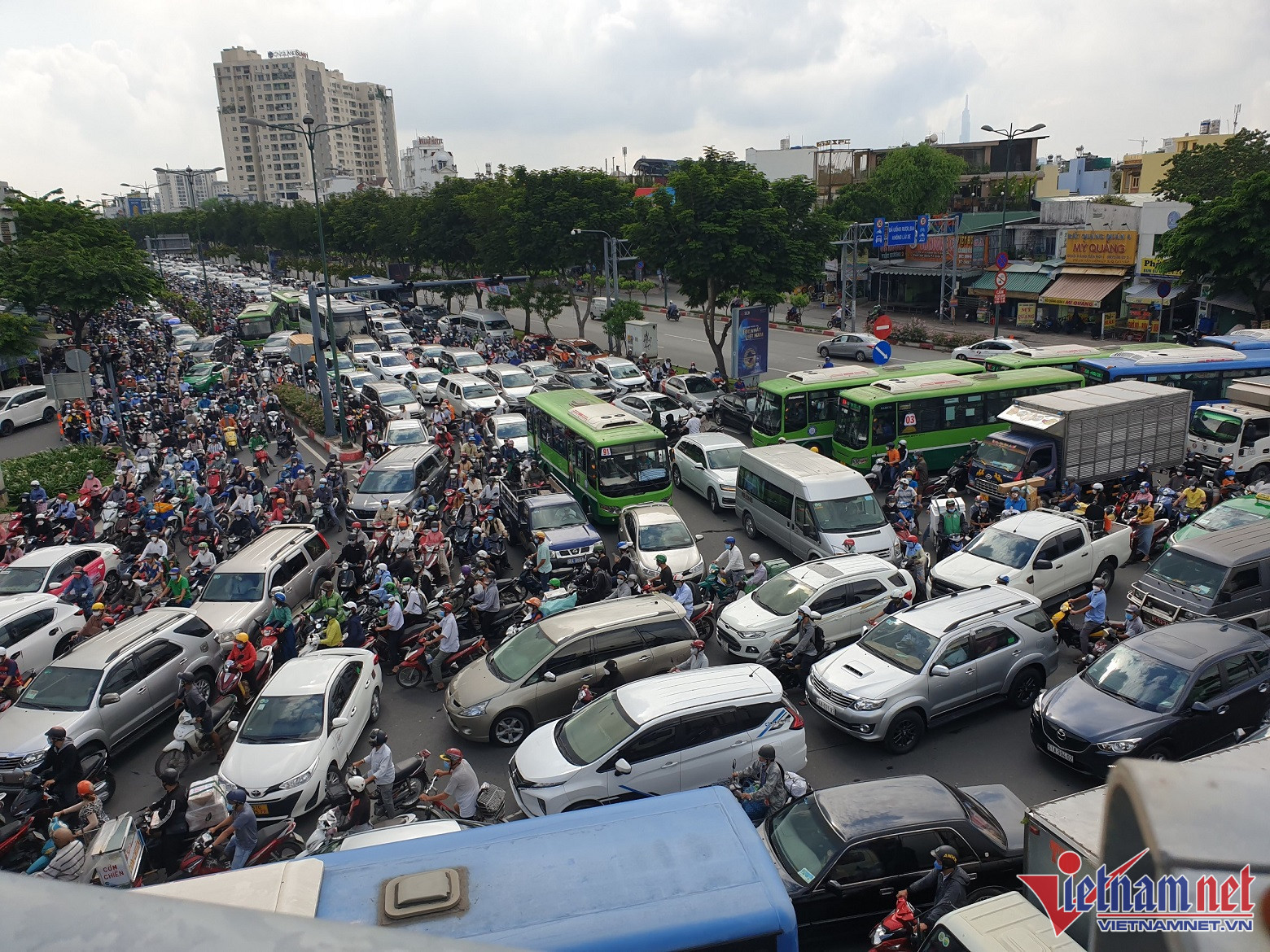 TPHCM đối mặt với tình trạng quá tải nghiêm trọng ở vùng lõi đô thị. Ảnh: Tuấn Kiệt." data-thumb-small-src="https://static-images.vnncdn.net/vps_images_publish/000001/000003/2025/8/25/z3425237969436-a42d00d262c04ad4048ddc9986b35286-249-3638.jpg?width=260&s=ZUcGiTWM4-a6zBKQ2gIm3A" data-thumb-src="https://static-images.vnncdn.net/vps_images_publish/000001/000003/2025/8/25/z3425237969436-a42d00d262c04ad4048ddc9986b35286-249-3638.jpg?width=260&s=ZUcGiTWM4-a6zBKQ2gIm3A" src="https://vstatic.vietnam.vn/vietnam/resource/IMAGE/2025/8/26/75da17dfaf954f8eb767bfcb26ec9feb" srcset="https://static-images.vnncdn.net/vps_images_publish/000001/000003/2025/8/25/z3425237969436-a42d00d262c04ad4048ddc9986b35286-249-3638.jpg?width=0&s=TQMv-ngNotQbPBGX7nFtdw" style="border:0px;line-height:0;width:760px;height:auto;">
TPHCM đối mặt với tình trạng quá tải nghiêm trọng ở vùng lõi đô thị. Ảnh: Tuấn Kiệt." data-thumb-small-src="https://static-images.vnncdn.net/vps_images_publish/000001/000003/2025/8/25/z3425237969436-a42d00d262c04ad4048ddc9986b35286-249-3638.jpg?width=260&s=ZUcGiTWM4-a6zBKQ2gIm3A" data-thumb-src="https://static-images.vnncdn.net/vps_images_publish/000001/000003/2025/8/25/z3425237969436-a42d00d262c04ad4048ddc9986b35286-249-3638.jpg?width=260&s=ZUcGiTWM4-a6zBKQ2gIm3A" src="https://vstatic.vietnam.vn/vietnam/resource/IMAGE/2025/8/26/75da17dfaf954f8eb767bfcb26ec9feb" srcset="https://static-images.vnncdn.net/vps_images_publish/000001/000003/2025/8/25/z3425237969436-a42d00d262c04ad4048ddc9986b35286-249-3638.jpg?width=0&s=TQMv-ngNotQbPBGX7nFtdw" style="border:0px;line-height:0;width:760px;height:auto;">Ho Chi Minh City faces serious overload in the urban core. Photo: Tuan Kiet.
Big bottleneck holding back the economic "locomotive"
Ho Chi Minh City's transport infrastructure is a major "bottleneck", seriously hindering the transportation of goods, affecting economic connectivity between the Southeast, the Mekong Delta and neighboring regions.
The Ho Chi Minh City - Long Thanh - Dau Giay Expressway, considered the 'backbone' connecting the eastern part of Ho Chi Minh City with Dong Nai and Long Thanh airport, is currently overloaded by one and a half times its capacity. The daily traffic volume has exceeded 63,500, much higher than the maximum designed level of 44,000. Traffic jams often occur, especially on weekends, holidays and Tet.
Similarly, the Ho Chi Minh City - Trung Luong - My Thuan Expressway connects Ho Chi Minh City with the West. The average daily traffic volume is up to 56,000, exceeding the road's capacity.
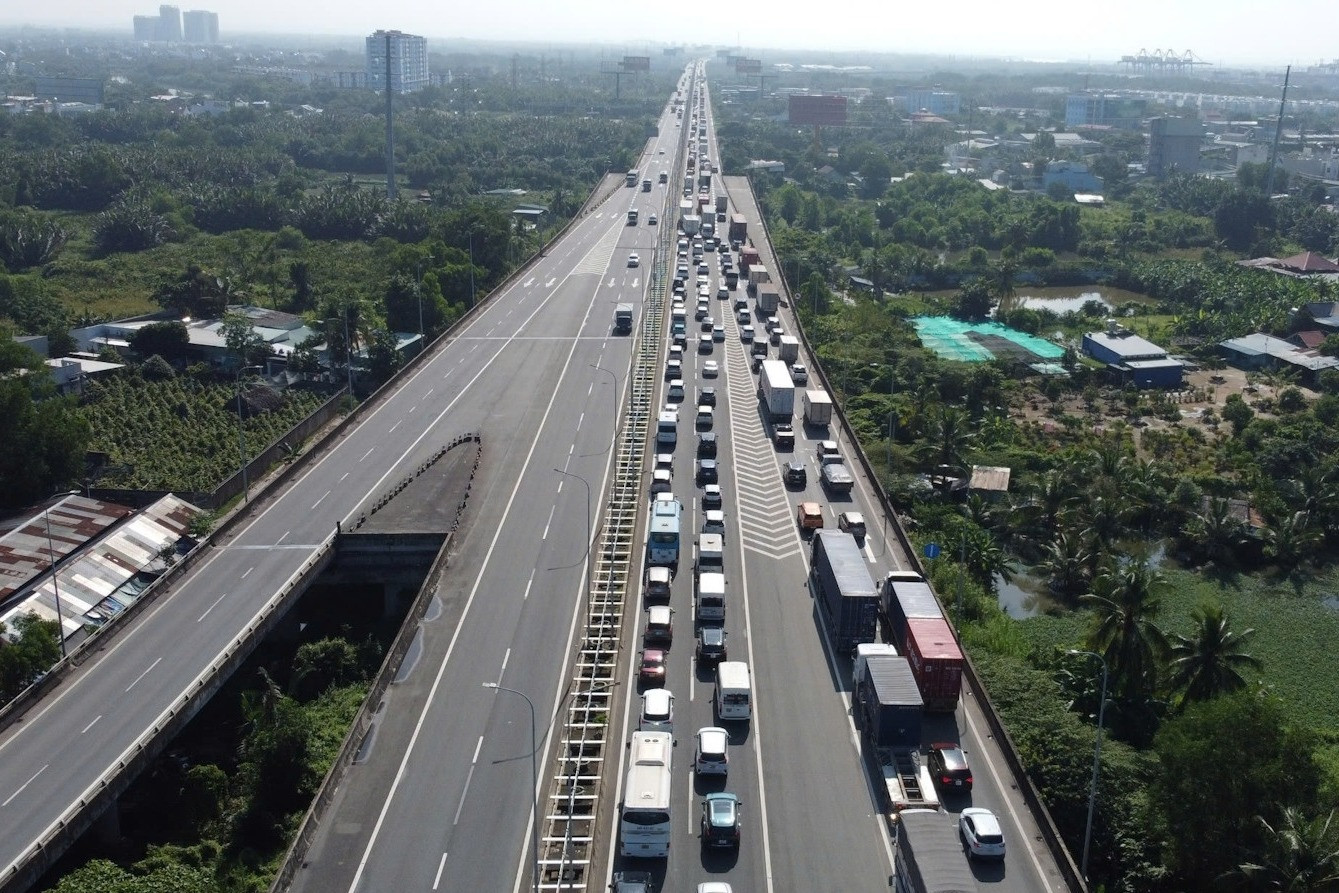 Cao tốc TPHCM - Long Thành - Dầu Giây thường xuyên ùn tắc do vượt công suất khai thác gấp 1,5 lần. Ảnh: Tuấn Kiệt." data-thumb-small-src="https://static-images.vnncdn.net/vps_images_publish/000001/000003/2025/8/25/z5911356438993-175fc7793b6f71550291a30a581e7602-11970-1-3639.jpg?width=260&s=3DTqDQ_BWvQSz-qnC7kiEg" data-thumb-src="https://static-images.vnncdn.net/vps_images_publish/000001/000003/2025/8/25/z5911356438993-175fc7793b6f71550291a30a581e7602-11970-1-3639.jpg?width=260&s=3DTqDQ_BWvQSz-qnC7kiEg" src="https://vstatic.vietnam.vn/vietnam/resource/IMAGE/2025/8/26/9875fb39baab4609b148d4e8681acab1" srcset="https://static-images.vnncdn.net/vps_images_publish/000001/000003/2025/8/25/z5911356438993-175fc7793b6f71550291a30a581e7602-11970-1-3639.jpg?width=0&s=2JMvvEFLgkJq09veeA6gPg" style="border:0px;line-height:0;width:760px;height:auto;">
Cao tốc TPHCM - Long Thành - Dầu Giây thường xuyên ùn tắc do vượt công suất khai thác gấp 1,5 lần. Ảnh: Tuấn Kiệt." data-thumb-small-src="https://static-images.vnncdn.net/vps_images_publish/000001/000003/2025/8/25/z5911356438993-175fc7793b6f71550291a30a581e7602-11970-1-3639.jpg?width=260&s=3DTqDQ_BWvQSz-qnC7kiEg" data-thumb-src="https://static-images.vnncdn.net/vps_images_publish/000001/000003/2025/8/25/z5911356438993-175fc7793b6f71550291a30a581e7602-11970-1-3639.jpg?width=260&s=3DTqDQ_BWvQSz-qnC7kiEg" src="https://vstatic.vietnam.vn/vietnam/resource/IMAGE/2025/8/26/9875fb39baab4609b148d4e8681acab1" srcset="https://static-images.vnncdn.net/vps_images_publish/000001/000003/2025/8/25/z5911356438993-175fc7793b6f71550291a30a581e7602-11970-1-3639.jpg?width=0&s=2JMvvEFLgkJq09veeA6gPg" style="border:0px;line-height:0;width:760px;height:auto;">In addition, key national highways including National Highway 22 connecting Ho Chi Minh City with Tay Ninh , National Highway 13 connecting the Central Highlands provinces or National Highways 1 and 51 connecting Ho Chi Minh City with Dong Nai to Vung Tau are also in the same situation, with traffic jams 'like daily meals'.
This overload creates "bottlenecks" that hinder the overall development of the entire region, not only wasting time and fuel but also directly affecting freight transport activities, hindering the development of the entire key economic region in the South.
Waiting for a series of projects worth hundreds of thousands of billions to "rescue" Ho Chi Minh City's traffic
Over the past years, the Government and localities have put forward a comprehensive, synchronous strategy, not just individual projects but a closely linked system. The solution to this problem is a series of large-scale transport infrastructure projects, with investment capital of hundreds of thousands of billions of VND, which are being urgently implemented.
First of all, Long Thanh International Airport (phase 1) with a capital of nearly 110,000 billion VND, is known as the "doorway to the world", expected to be commercially exploited in 2026. This project not only plays a role in reducing the load on Tan Son Nhat Airport but also becomes an international air transit center, attracting investment, developing tourism and modern logistics services.
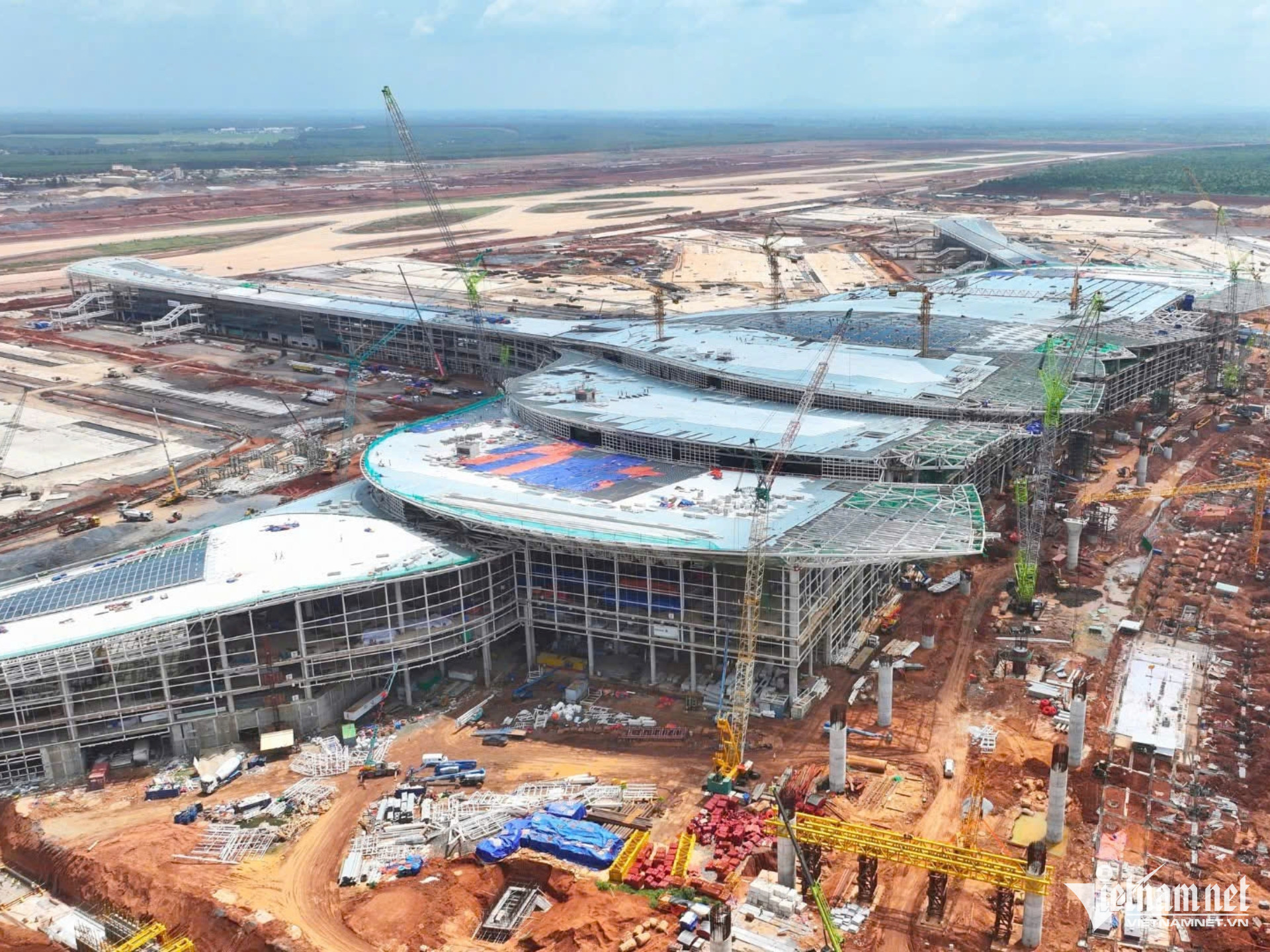 Sân bay Long Thành đang thi công. Ảnh: Hoàng Anh. " data-thumb-small-src="https://static-images.vnncdn.net/vps_images_publish/000001/000003/2025/8/25/w-san-bay-long-thanh-3433-3640.jpg?width=260&s=WgYNQ5fzZ7WSz42i898FRw" data-thumb-src="https://static-images.vnncdn.net/vps_images_publish/000001/000003/2025/8/25/w-san-bay-long-thanh-3433-3640.jpg?width=260&s=WgYNQ5fzZ7WSz42i898FRw" src="https://vstatic.vietnam.vn/vietnam/resource/IMAGE/2025/8/26/7c27ff55d13045ee9c52351da23f68d9" srcset="https://static-images.vnncdn.net/vps_images_publish/000001/000003/2025/8/25/w-san-bay-long-thanh-3433-3640.jpg?width=0&s=yuLXB70mwQS9QOh0rxgGxA" style="border:0px;line-height:0;width:760px;height:auto;">
Sân bay Long Thành đang thi công. Ảnh: Hoàng Anh. " data-thumb-small-src="https://static-images.vnncdn.net/vps_images_publish/000001/000003/2025/8/25/w-san-bay-long-thanh-3433-3640.jpg?width=260&s=WgYNQ5fzZ7WSz42i898FRw" data-thumb-src="https://static-images.vnncdn.net/vps_images_publish/000001/000003/2025/8/25/w-san-bay-long-thanh-3433-3640.jpg?width=260&s=WgYNQ5fzZ7WSz42i898FRw" src="https://vstatic.vietnam.vn/vietnam/resource/IMAGE/2025/8/26/7c27ff55d13045ee9c52351da23f68d9" srcset="https://static-images.vnncdn.net/vps_images_publish/000001/000003/2025/8/25/w-san-bay-long-thanh-3433-3640.jpg?width=0&s=yuLXB70mwQS9QOh0rxgGxA" style="border:0px;line-height:0;width:760px;height:auto;">Long Thanh Airport under construction. Photo: Hoang Anh.
Next, the Ho Chi Minh City Ring Road 3 is being implemented, considered the “backbone” of the regional transport network. Ring Road 3 will create a new economic corridor, directly connecting large industrial parks in Dong Nai and Tay Ninh provinces with airports and seaports without having to go through the center of Ho Chi Minh City.
Recently, on August 19, a series of projects were started, expected to add strength, helping to turn around and solve infrastructure bottlenecks. The first is the Ho Chi Minh City - Long Thanh - Dau Giay Expressway expansion project, an urgent project with nearly 15,000 billion VND to solve traffic congestion and connect to Long Thanh International Airport in the future. The scale of upgrading 22km to 8-10 lanes, at the same time building a new Long Thanh bridge to increase traffic capacity.
Three new expressways have been started to help complete the traffic picture and increase regional connectivity. Including the Ho Chi Minh City - Moc Bai expressway, with a capital of more than 19,600 billion VND, is the final "piece" to help Tay Ninh become a dynamic trade gateway with Cambodia.
Dau Giay - Tan Phu Expressway, with a capital of VND 8,496 billion, contributes to completing the traffic network, connecting Dong Nai, Ho Chi Minh City with the Central Highlands, reducing the load on National Highway 20.
Gia Nghia - Chon Thanh Expressway is part of the Component 1 project of the Western North-South Expressway, with a capital of 19,965 billion VND, creating a breakthrough development momentum for the northern area of Ho Chi Minh City (formerly Binh Duong), Dong Nai province and the Central Highlands region.
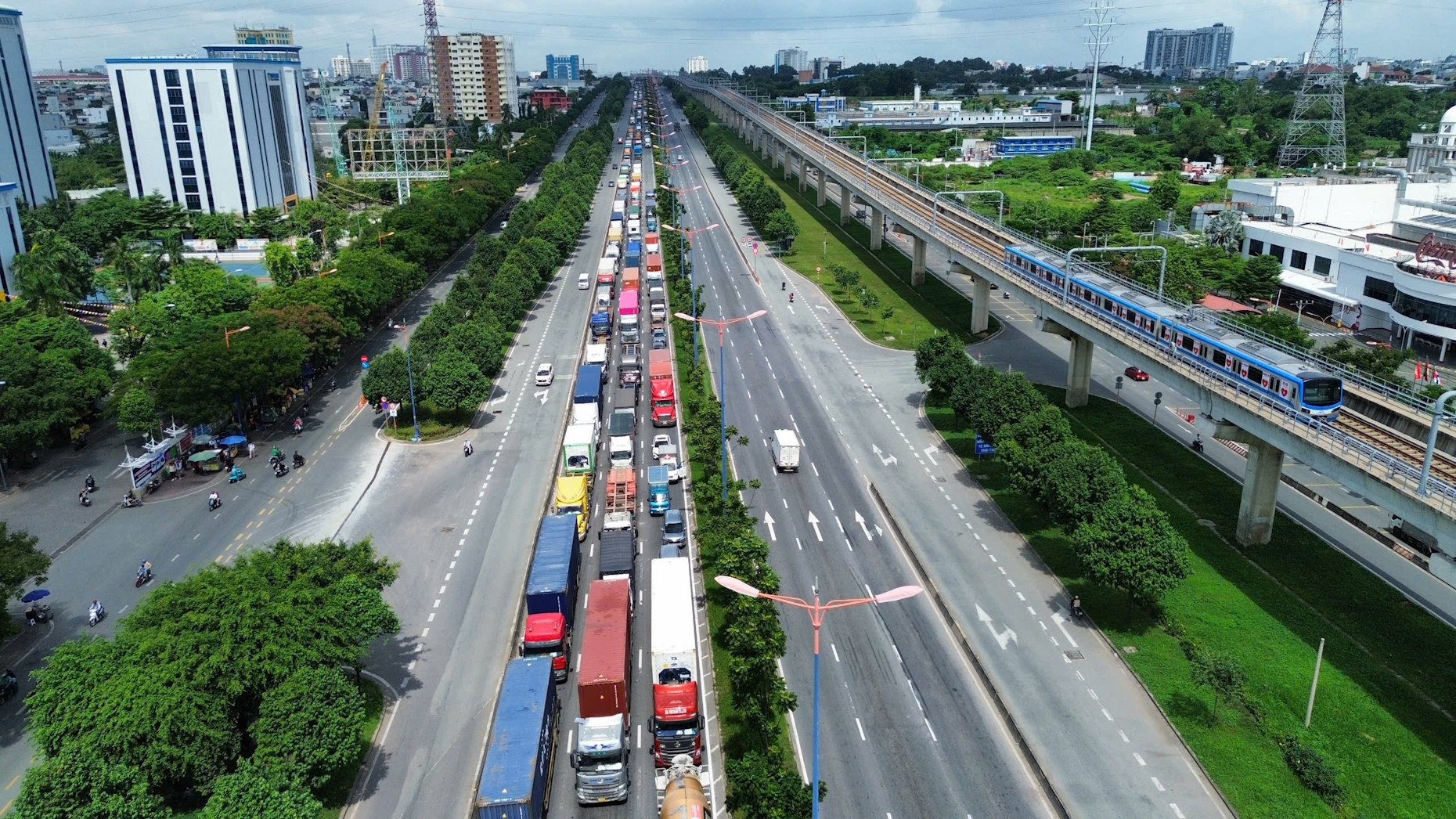 Kẹt xe trở thành rào cản lớn, bào mòn sức cạnh tranh và cản trở dòng chảy thương mại của vùng kinh tế trọng điểm phía Nam. Ảnh: Tuấn Kiệt." data-thumb-small-src="https://static-images.vnncdn.net/vps_images_publish/000001/000003/2025/8/25/z6739800143085-45031cdf641fa1efeed4f717e535c673-52711-3641.jpg?width=260&s=rpbinEIiFs70N0yEL-TW2w" data-thumb-src="https://static-images.vnncdn.net/vps_images_publish/000001/000003/2025/8/25/z6739800143085-45031cdf641fa1efeed4f717e535c673-52711-3641.jpg?width=260&s=rpbinEIiFs70N0yEL-TW2w" src="https://vstatic.vietnam.vn/vietnam/resource/IMAGE/2025/8/26/3c61d71b4e614b8b873019ff5071c1e2" srcset="https://static-images.vnncdn.net/vps_images_publish/000001/000003/2025/8/25/z6739800143085-45031cdf641fa1efeed4f717e535c673-52711-3641.jpg?width=0&s=mS7Z30BKnHKWkt5XRxaZ2g" style="border:0px;line-height:0;width:760px;height:auto;">
Kẹt xe trở thành rào cản lớn, bào mòn sức cạnh tranh và cản trở dòng chảy thương mại của vùng kinh tế trọng điểm phía Nam. Ảnh: Tuấn Kiệt." data-thumb-small-src="https://static-images.vnncdn.net/vps_images_publish/000001/000003/2025/8/25/z6739800143085-45031cdf641fa1efeed4f717e535c673-52711-3641.jpg?width=260&s=rpbinEIiFs70N0yEL-TW2w" data-thumb-src="https://static-images.vnncdn.net/vps_images_publish/000001/000003/2025/8/25/z6739800143085-45031cdf641fa1efeed4f717e535c673-52711-3641.jpg?width=260&s=rpbinEIiFs70N0yEL-TW2w" src="https://vstatic.vietnam.vn/vietnam/resource/IMAGE/2025/8/26/3c61d71b4e614b8b873019ff5071c1e2" srcset="https://static-images.vnncdn.net/vps_images_publish/000001/000003/2025/8/25/z6739800143085-45031cdf641fa1efeed4f717e535c673-52711-3641.jpg?width=0&s=mS7Z30BKnHKWkt5XRxaZ2g" style="border:0px;line-height:0;width:760px;height:auto;">Traffic jams have become a major barrier, eroding competitiveness and impeding the flow of trade in the key economic region of the South. Photo: Tuan Kiet.
In addition, the Ben Luc - Long Thanh expressway, nearly 58km long, with a capital of nearly 30,000 billion VND, directly connects the West with the Southeast region. When completed, this expressway will create a new traffic flow, helping vehicles from the West to easily access Long Thanh airport and Ba Ria - Vung Tau seaports (old) without having to go through Ho Chi Minh City.
With the Bien Hoa - Vung Tau expressway, nearly 54km long, with a capital of more than 17,800 billion VND, it helps reduce the load on the National Highway 1-National Highway 51 axis, shorten the travel time from Dong Nai to Ba Ria - Vung Tau (old), creating a new traffic axis, directly connecting industrial parks, seaports and tourist areas, closely linking with Long Thanh airport in the future.
According to Vietnamnet.vn
Source: https://baoangiang.com.vn/loat-du-an-ty-do-giup-tphcm-giai-con-khat-ket-noi-giao-thong-lien-vung-a427211.html



![[Photo] Multi-colored cultural space at the Exhibition "80 years of the journey of Independence - Freedom - Happiness"](https://vphoto.vietnam.vn/thumb/1200x675/vietnam/resource/IMAGE/2025/8/26/fe69de34803e4ac1bf88ce49813d95d8)
![[Photo] Hanoi: Authorities work hard to overcome the effects of heavy rain](https://vphoto.vietnam.vn/thumb/1200x675/vietnam/resource/IMAGE/2025/8/26/380f98ee36a34e62a9b7894b020112a8)




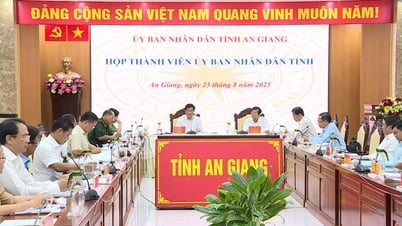
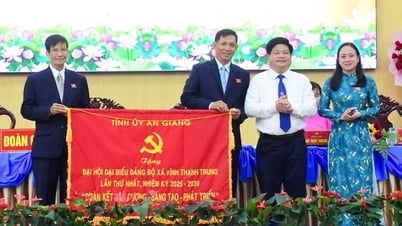

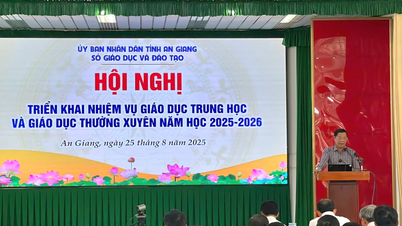











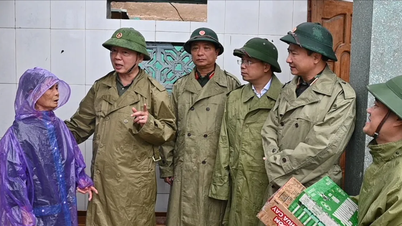












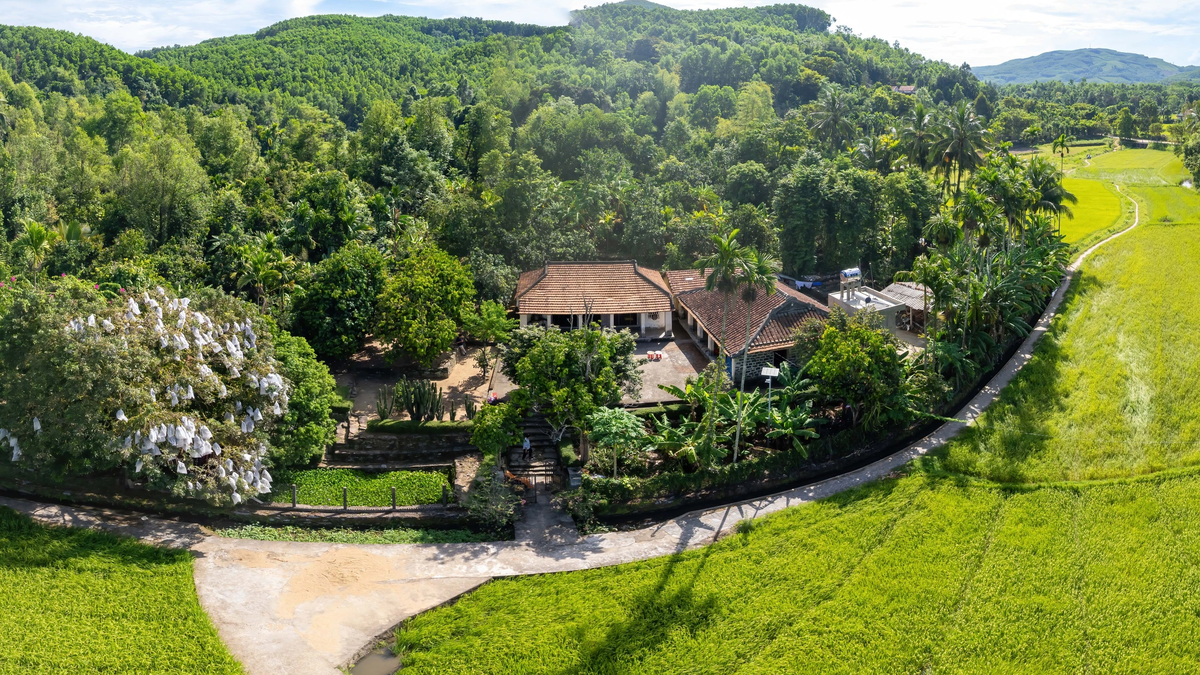

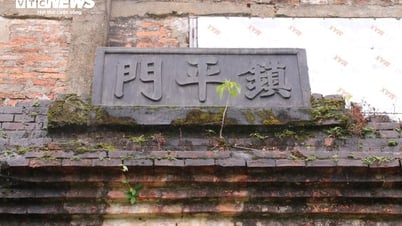





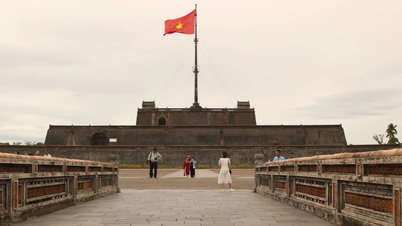















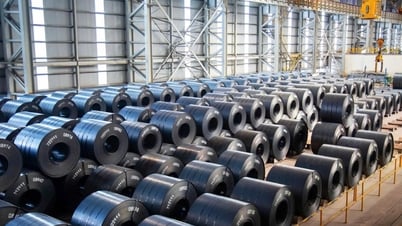


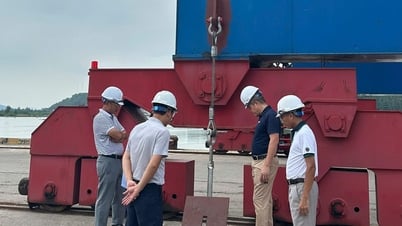



















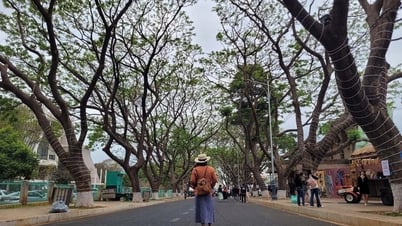

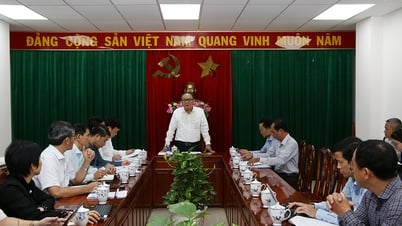











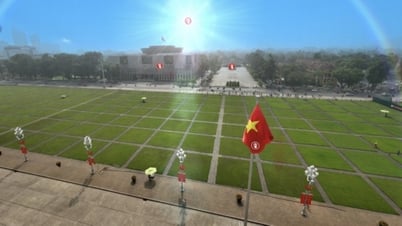






Comment (0)